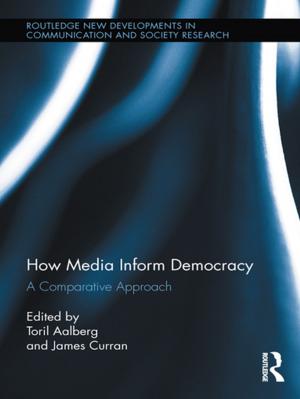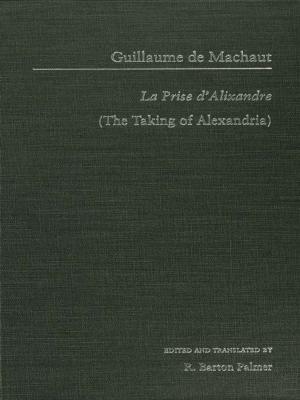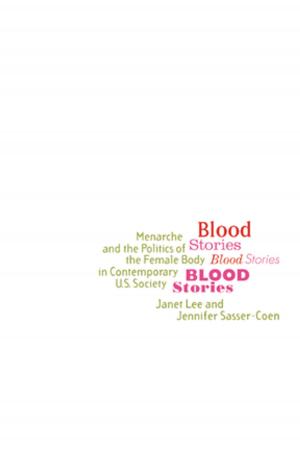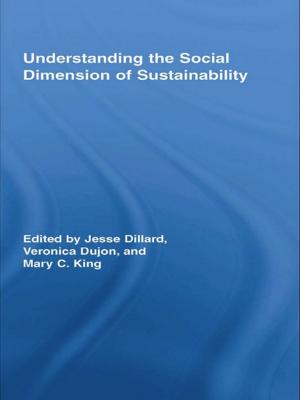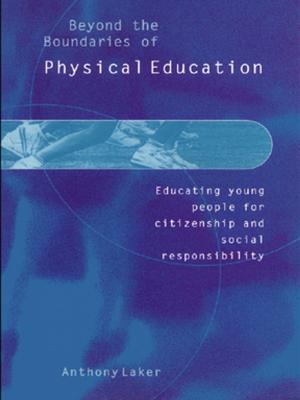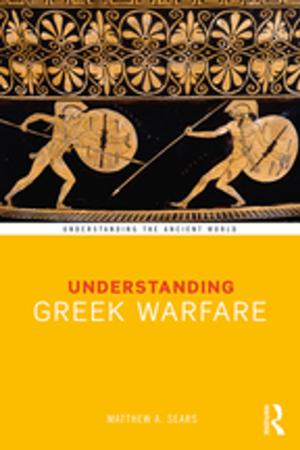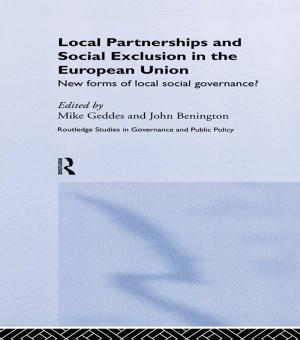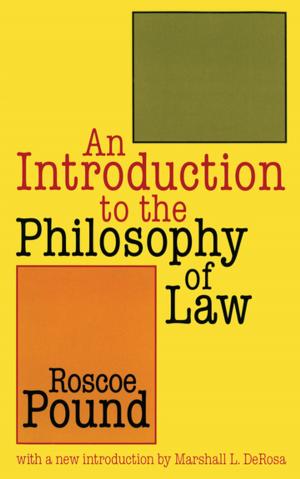Women, Infanticide and the Press, 1822-1922
News Narratives in England and Australia
Business & Finance, Industries & Professions, Industries| Author: | Nicola Goc | ISBN: | 9781134778706 |
| Publisher: | Taylor and Francis | Publication: | February 17, 2016 |
| Imprint: | Routledge | Language: | English |
| Author: | Nicola Goc |
| ISBN: | 9781134778706 |
| Publisher: | Taylor and Francis |
| Publication: | February 17, 2016 |
| Imprint: | Routledge |
| Language: | English |
In her study of anonymous infanticide news stories that appeared from 1822 to 1922 in the heart of the British Empire, in regional Leicester, and in the penal colony of Australia, Nicola Goc uses Critical Discourse Analysis to reveal both the broader patterns and the particular rhetorical strategies journalists used to report on young women who killed their babies. Her study takes Foucault’s perspective that the production of knowledge, of 'facts' and truth claims, and the exercise of power, are inextricably connected to discourse. Newspaper discourses provide a way to investigate the discursive practices that brought the nineteenth-century infanticidal woman - known as ’the Infanticide’ - into being. The actions of the infanticidal mother were understood as a fundamental threat to society, not only because they subverted the ideal of Victorian womanhood but also because a woman’s actions destroyed a man’s lineage. For these reasons, Goc demonstrates, infanticide narratives were politicised in the press and woven into interconnected narratives about the regulation of women, women's rights, the family, the law, welfare, and medicine that dominated nineteenth-century discourse. For example, the Times used individual stories of infanticide to argue against the Bastardy Clause in the Poor Law that denied unmarried women and their children relief. Infanticide narratives often adopted the conventions of the courtroom drama, with the young transgressive female positioned against a body of male authoritarian figures, a juxtaposition that reinforced male authority over women. Alive to the marked differences between various types of newspapers, Goc's study offers a rich and nuanced discussion of the Victorian press's fascination with infanticide. At the same time, infanticide news stories shaped how women who killed their babies were known and understood in ways that pathologised their actions. This, in turn, influenced medical, judicial, and welfare policies regar
In her study of anonymous infanticide news stories that appeared from 1822 to 1922 in the heart of the British Empire, in regional Leicester, and in the penal colony of Australia, Nicola Goc uses Critical Discourse Analysis to reveal both the broader patterns and the particular rhetorical strategies journalists used to report on young women who killed their babies. Her study takes Foucault’s perspective that the production of knowledge, of 'facts' and truth claims, and the exercise of power, are inextricably connected to discourse. Newspaper discourses provide a way to investigate the discursive practices that brought the nineteenth-century infanticidal woman - known as ’the Infanticide’ - into being. The actions of the infanticidal mother were understood as a fundamental threat to society, not only because they subverted the ideal of Victorian womanhood but also because a woman’s actions destroyed a man’s lineage. For these reasons, Goc demonstrates, infanticide narratives were politicised in the press and woven into interconnected narratives about the regulation of women, women's rights, the family, the law, welfare, and medicine that dominated nineteenth-century discourse. For example, the Times used individual stories of infanticide to argue against the Bastardy Clause in the Poor Law that denied unmarried women and their children relief. Infanticide narratives often adopted the conventions of the courtroom drama, with the young transgressive female positioned against a body of male authoritarian figures, a juxtaposition that reinforced male authority over women. Alive to the marked differences between various types of newspapers, Goc's study offers a rich and nuanced discussion of the Victorian press's fascination with infanticide. At the same time, infanticide news stories shaped how women who killed their babies were known and understood in ways that pathologised their actions. This, in turn, influenced medical, judicial, and welfare policies regar

